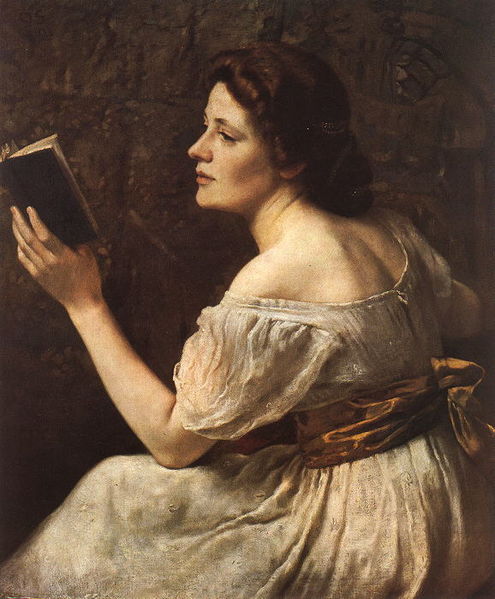The literary representation of reality
DOI:
https://doi.org/10.7146/rc.13104631Resumé
This article presents a reflection of the epistemological question of literary representation of reality. The epistemological status of literature is not obvious, because literature is fictional. Therefore, it is not evident in what way literature represents reality and to what degree the literary representation is true in the corresponding sense of the word. Through an exploration of Proust and his reflections on the same question in A la recherche du temp perdu, this article will analyse the representational question. This analysis will focus on a conflict between an essential understanding of truth, detached from the temporal reality, and a superficial referential realism. It will present an alternative phenomenological and semiotic realism, which connects the specific description in literature with a general conceptual level. In addition, the relationship between the perceptual and conceptual level will further be linked to cognitive semantics and Lakoff’s concept of cognitive models.
Referencer
Davidsen, H.M. (2006). Litteratur & encyklopædi – semiotiske og kognitive aspekter af den litterære teksts mening. Odense: Syddansk Universitetsforlag.
Davidsen, Helle Munkholm (2007). Semiotics and Cognition. in Semiotica 165 1/4 (2007). Berlin and New York: Mouton de Gruyter, 2007
Davidsen, H. M. (2011). Kognitiv litteraturanalyse. Dansklærerforeningens forlag, 2011
Descombes, V. (1987). Proust : philosophie du roman. Paris: Les édition de minuit
Deleuze, G. (1964). Proust et les signes. Paris: Presses Universitaires de France
Deleuze, G. og Guattari, F. (1980/2004). A Thousand Plateaus. London and New York: Continuum
Derrida, J. (1967). De la grammatologie. Paris: Minuit
Eco, Umberto (1976). A Theory of Semiotics. Bloomington: Indiana University Press.
Genette, Gérard (1966). Figures I. Paris: Éditions du Seuil.
Genette, Gérard (1972). Figures III. Paris: Éditions du Seuil.
Greimas, A. J. & Courtes, J. (1979). Sémiotique, Dictionnaire raisonné de la théorie du langage. Paris: Hachette
Greimas, A. J. (1983). Les actants, le acteurs et les figures, in Du sens II. Paris: Éditions du Seuil.
Henry, A. (1989). Marcel Proust: théories pour une esthétique. Paris: Klincksieck
Husserl, E. (1962). Ideas: General Introduction to Pure Phenomenology. New York: Macmillan
Lakoff, George (1987): Women, Fire and Dangerous Things. Chicago & London: The University of Chicago Press.
Merleau-Ponty, M. (1964). Paris: Gallimard
Painter, G.D (1989). Marcel Proust: A Biography. London: Pimlico
Schank, R & Abelson, R.P. (1977): Scripts, Plans, Goals and Understanding. Hillsdale, N.J.: Lawrence Erlbaum Associates.
Segal, Naomi (1981). The Banal Object: Theme and Thematics in Proust, Rilke, Hofmannsthal, and Sartre. University of London, Institute of Germannic Studies: Bithell series of dissertations, vol. six.
Sprinker, Michael (1994). History and Ideology in Proust. A la recherche du temps perdu and the Third French Republic. Cambridge: Cambridge University Press.
Swahn, Sigbrit (1979). Proust dans la recherche littéraire. Berlings, Lund: CWK Gleerup.
Tadié, Jean-Yves (1971). Proust et le roman. Paris: Gallimard.
Turner, Mark (1991). Reading Minds. Princeton: Princeton University Press.
Wambecq, J (2013). Proust’s Artistic Ontology : A Comparison of Merleau-Ponty’s and Deleuze’s Readings of Proust’s Recherche. In Relief 7 (2), 2013
Watt, A. (ed) (2014). Marcel Proust in Context. Cambridge University Press
Zaphir, Jacques J.(1959): La personnalité humaine dans l'œuvre de Marcel Proust. Paris: M. J. Minard
Downloads
Publiceret
Citation/Eksport
Nummer
Sektion
Licens
Beskriv vilkårene her! Denne tekst dukker op under distribuering og licens

